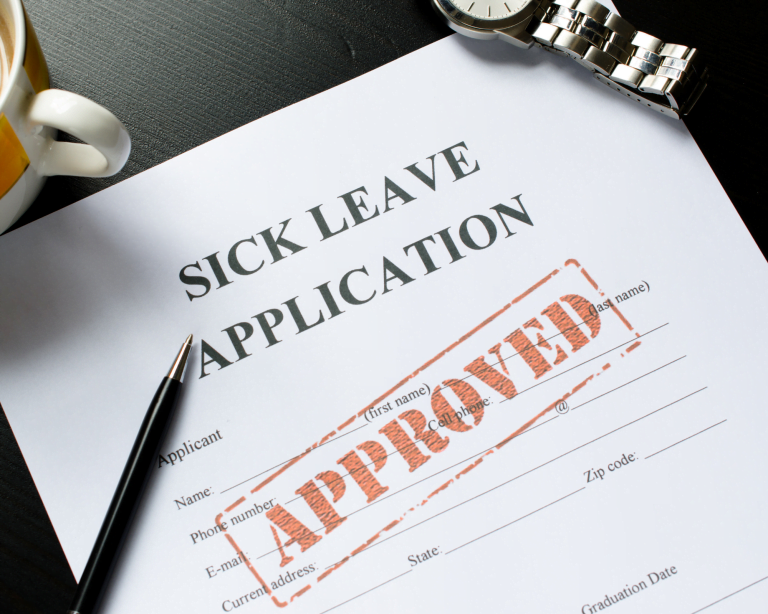It is “that” time of year again, where employees take (and often abuse) sick leave.
Clients often describe scenarios and ask how to limit this, without stepping outside the law. It is very important to know what the rights and duties are from not only the employer’s side but also from the employee’s side.

As in everything we do in IR, HR, ER and Labour Law, the applicable legislation would be:
It is very important to differentiate between the employee’s absence being due to Incapacity (Ill- health) or misconduct (staying away without really being sick):
In the AECI Explosives v Mambalu case the Court held that sick leave can be seen as a form of misconduct when employees do not submit a valid sick note (no “Sangoma” or clinic notes accepted – unless your company policy allows for that) for the days that they were absent. These sick notes must be from a registered doctor and must include the date the employee was seen, what is wrong with the employee (must include the medical term or condition) as well as when the employee will be ready to return back to work. It must further include the practice number and contact details of the doctor who inspected the employee so that the sick note can be confirmed if the employer suspects it being fraudulent. Remember – fraudulent sick notes is seen as a very serious form of misconduct and the employer can take disciplinary action, which may include dismissal if found guilty.
Repeated cases of unauthorized absenteeism warrants warnings and may be sufficient to dismiss for continuous short periods of absence given that a proper disciplinary hearing was held where the employee was afforded the opportunity to state his or her case as well as mitigating circumstance. The onus to justify the absence lies with the employee, however, the onus to take disciplinary action lies with the employer.
Below are some pro-active measures to limit the absenteeism this winter:
Keep in mind that “No Work – No Pay” will apply if the employee does not have a valid sick note or excuse for being absent. This also does not take away from the fact that you can still discipline the employee, even if you have not paid them for the day(s) he or she was absent without authorization or leave.
Lastly, it is important to identify the cause of the absence and to treat the cause, not the symptom.
Please do not hesitate to contact us, should you need assistance or advice regarding the above.
By Gerhard Kotzé
Member
SA Labour Help